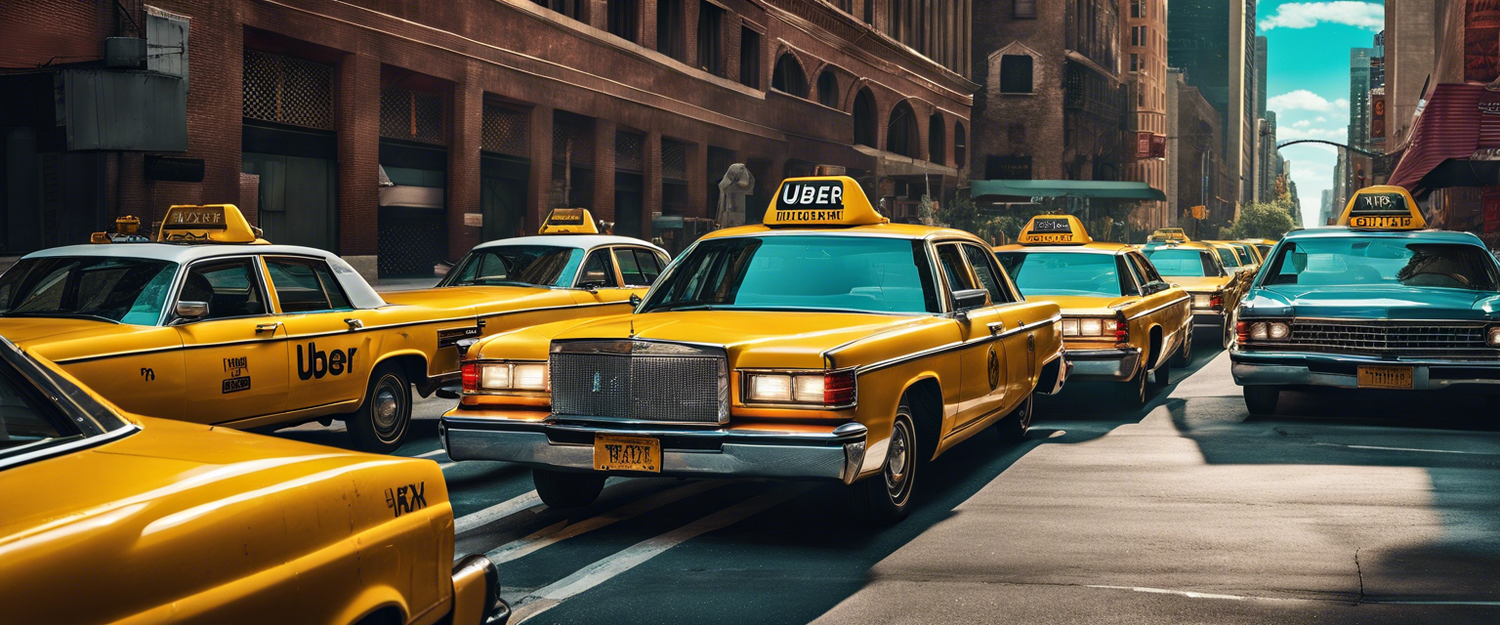The Challenges of Urban Transportation: Over-Reliance on Ride-Hail Apps
The recent discussions surrounding urban transportation have painted a troubling picture, particularly evident during large events such as the Democratic National Convention (DNC). The increased dependence on ride-hail applications like Uber has exposed significant gaps in our public transit systems, leaving many feeling frustrated and concerned about the future.
The Shift from Traditional Taxi Services
Taxi stands, once a common sight in city landscapes, have become increasingly rare. The convenience and flexibility offered by apps like Uber have eclipsed traditional taxi services, changing how we think about transportation in urban environments. This shift raises questions about accessibility and reliability, particularly during high-demand events when many citizens need transportation options.
The Problem with Ride-Hail Apps
While ride-hail services provide immediate solutions for many, they often lack the infrastructure and accountability that public transit systems traditionally offered. Issues such as surge pricing, limited availability, and longer wait times during peak demand can exacerbate transportation challenges. Furthermore, we are left pondering: is this the only option we have moving forward?
Public Transit: A Necessary Component
The over-reliance on ride-hail services indicates a critical flaw in public transit offerings. Cities that fail to invest in robust public transit systems find themselves relying on these app-based services, which may not always be equitable or efficient. Improvements to public transportation infrastructure should be a priority if we aim to create a sustainable and accessible urban environment.
Government and Corporate Relationships
The entrenchment of companies like Uber within government frameworks raises concerns about regulatory power. This relationship may lead to policies that favor private over public solutions, limiting options for citizens. For many, the feeling is that we are ensnared in a "Ride App Zone," with diminishing hope for a reversal of this trend.
Conclusion: The Path Forward
As we continue to navigate the complexities of urban transportation, it is imperative that we advocate for a balanced approach incorporating both public transit and ride-hail services. Policymakers must take an active role in re-evaluating transportation strategies to enhance convenience and equity for all city dwellers.
In conclusion, the current state of our urban transportation systems should prompt reflective discussions about our reliance on ride-hail services and the future of public transit. The shift in transportation trends necessitates a re-thinking of what urban mobility looks like and how it can be improved for the population as a whole.



Commenta
Nota che i commenti devono essere approvati prima di essere pubblicati.
Questo sito è protetto da hCaptcha e applica le Norme sulla privacy e i Termini di servizio di hCaptcha.